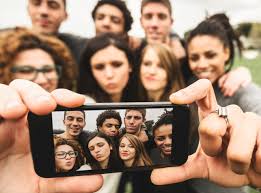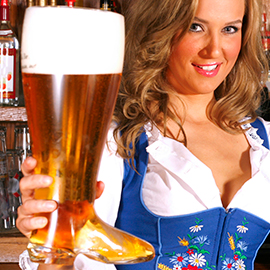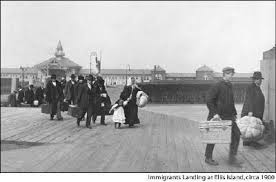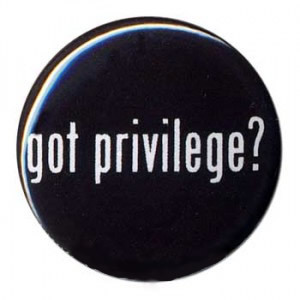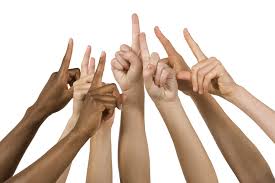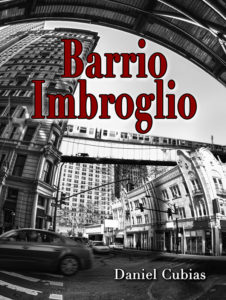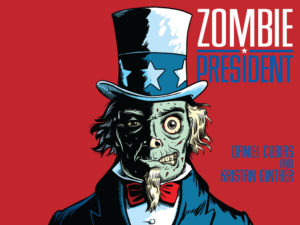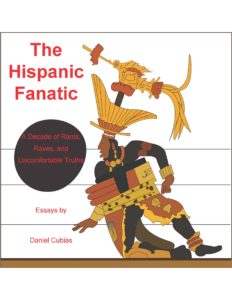In the good old days, you could always tell who was what.
For example, just a few decades ago, every Latino in America — at least according to pop culture — was Mexican with dark brown skin, and probably worked as a gardener. I mean, it was pretty simple for Americans to get out their handy bucket of clichés and then start stuffing Latinos into them.
Life was simple.
But then things got messy. Hispanics started coming in different shades, with terms like “second generation” banded about, and not all of them spoke Spanish, and some even went to college when nobody was looking. And don’t even get us started on “Latinx.”
Yes, it’s gotten so complex that very real questions about identity and culture are cartwheeling through the Latino community, with the result that voices get raised, metaphysical quandaries turn into quagmires, and your basic simple-minded racist can’t even keep straight whom he is supposed to hate now.
Because the truth is that “Hispanic identity is fluid to begin with,” and “the gray area that Latinos inhabit in this country’s historical black/white binary inevitably leads to shifts in identification.”
Basically, who or what is Latino has always been a question, and it has never been more open to debate. Even age-old signifiers of culture are fading away.
For example, even in my generation, just about every Hispanic person was also Catholic. Being a member of La Raza and displaying an almost fanatical devotion to the pope was a natural combo.
But leave it to those wild, trend-setting, selfie-lovin’ youngsters — the millennials — to mess with that.
You see, “Latino millennials, overall, are becoming less religious the more they assimilate to American culture.”
Yes, we could point out that this might not be Latinos assimilating to America, as much as the other way around, but let’s save that debate for another time.
The basic truth is that “the longer Latinos are in the United States and the more Americanized they become, the more secularized they become.” In fact, “the fastest growing [religious] group among millennials is the nones” (i.e., those who align with no specific religion).
Of course, many of these Latinos are still spiritual, in their own individualistic kind of way, but many others are becoming straight-up atheists, a trend that is also true for America overall.
I guess many Hispanics are finally asking exactly what, other than eat up a lot of their Sundays, has the Catholic Church ever done for them. Personally, I believe this is a very fair question.
However, for now, let’s turn our attention to another sign that it is getting more and more difficult to pinpoint those Latinos among us.
A recent study has found that “although recent immigrants identify as Hispanic at a rate of almost 90 percent, this number drops to around 50 percent after the fourth generation.”
The reasons for this are complex. One motivator is simple self-loathing, as many Latinos who can pass for white sometimes prefer to do so. Another variable is fear, because slipping below the radar of Trump supporters is “a strong motivation for avoiding identification as Hispanic.”
Some commentators theorize that the lessening of ethnic pride “in later generations can be due to increased assimilation.”
Finally, there is the fact that the longer Latinos live in America, the more likely they are to intermarry with other groups and produce multiethnic children, and this can lead to “U.S.-born Hispanics who sometimes find their identities challenged by natives of their home countries who don’t think they’re Hispanic enough, and come off as too American.”
Regardless of the specific reason, at present, “11 percent of adults with Hispanic ancestry do not identify as such, and 23 percent of Hispanics most often refer to themselves as ‘American.’”
So what does it all mean? Well, it could indicate that in the near future, Latinos will be considered white Americans, whether they want to be or not.
Indeed, many people have pointed out the historical parallels to the Irish, the Italians, and the Jews — all of whom were considered non-white until the intensity of cultural change and the force of societal pressure suddenly made each of them, more or less, white.
Or maybe white people just got together for a secret vote and decided to let the O’Reillys and the Rizzos and the Goldsteins in — I don’t know for sure.
Regardless, it is undeniable that it is a time of great change for Latinos, and this shift can be difficult to notice when Hispanics have more concrete issues on their minds — like surviving three more years of a xenophobic toddler who would gladly depart everyone with a Z in their last name.
But it is happening.
Life is no longer so simple.
